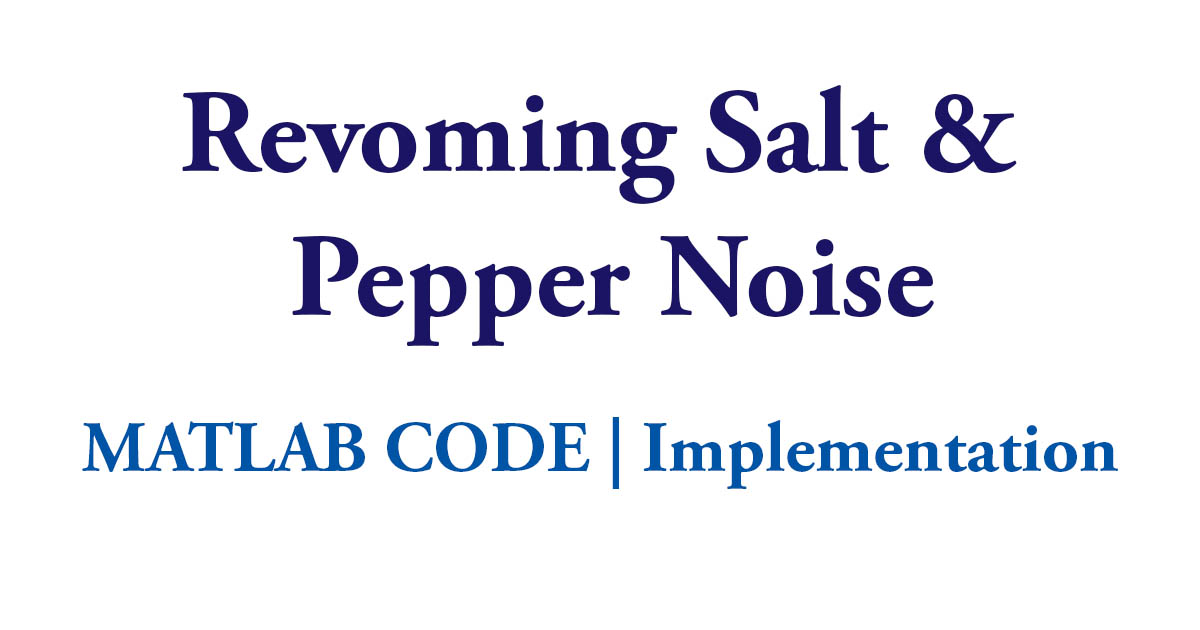
It is an iterative distance-based or centroid-based algorithm that segregates the dataset into K distinct subgroups (clusters) where each data point belongs to one group. Unsupervised algorithms make conclusions from datasets using input vectors without referring to labelled outcomes. K-means clustering is one of the most desired unsupervised machine learning algorithms. Let’s take a look at the K-Means algorithm, which is one of the most applied and the simplest clustering algorithms. K-Means clustering is an unsupervised learning algorithm as we have to look for data to integrate similar observations and form distinct groups. It is a requisite step before processing data to identify homogeneous groups for building supervised models. Some real-life examples where it can be used are in market segmentation to find customers with similar behaviours, image segmentation/compression, document clustering with multiple topics, etc. The ultimate aim is to group data into classes with high Intra-class similarity.Ĭlustering is used to explore data.

In machine learning, Clustering is applied when there is no predefined data available. As the name clearly defines, Clustering is the process of dividing a large chunk of data into subgroups or only clusters based on the data pattern. What are the advantages of K Means clustering?ĭata is the most critical component for any application, and a cluster is nothing but an accumulation of similar data points combined.What are the limitations of the K Means clustering algorithm?.What is K Means clustering in machine learning?.



 0 kommentar(er)
0 kommentar(er)
